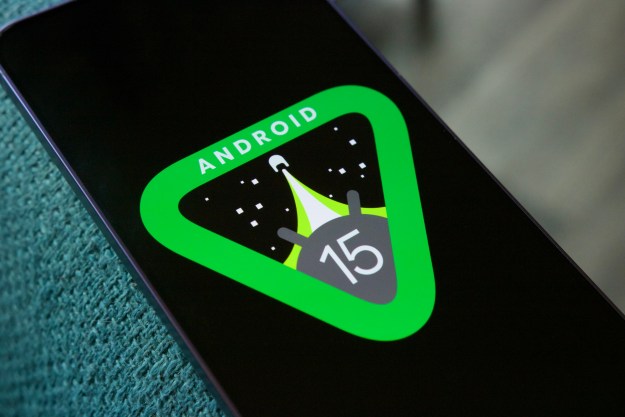
Snapchat released a new beta build that incorporates videos into its Android app, rounding out its suite of supported operating systems, as it’s been a staple in the iOS version since the end of last year in December.
So yes, soon Android users will be able to send other Snapchat users temporary video messages, in addition to self-destructing photo messages. But right now if you weren’t invited to the initial beta testing phase, which popped up and disappeared (or, rather, self-destructed) yesterday, you’ll have to wait a little longer. The Snapchat team is working on fixing any remaining bugs, and testing the app with a larger user base before releasing an update to the Google Play store for everyone to download.
Self destructing messaging might find a place among the titans of social media, and investors are so far betting $13.5 million to help grow Snapchat’s user base and figure out where brands can come into play on the social messaging platform. Despite its initial tarnished image as an illicit social network that users turn to for sexting, brands have already been getting creative with their Snapchat campaigns, providing more evidence to Snapchat’s legitimacy as a widely used social platform that may be here to stay (and not just another fad). For instance 16 Handles, a frozen yogurt chain, distributed purchase discounts in exchange for videos of its customers tasting its flavors.
In the wake of the news about a video feature making its way to Android, we’d recommend you to be mindful about who around you might be using the app. If you recall our earlier report, it was recently discovered that users could save Snapchat videos without even knowing it. And Snapchat hasn’t taken the initiative to remove the feature, with its founder Evan Spiegel instead chalking the loophole up to “reverse engineering,” and “the spirit” of the service.
Since the video feature for Android is in a “pre-beta” testing phase it’s unclear when the feature will be launched publicly, however we’re expecting to see the feature in the next couple of weeks.
Editors' Recommendations
- How to tell if someone has blocked you on Snapchat
- Every Android tablet we’re expecting in 2024
- How to get Android apps on a Chromebook
- Android 15 might add a new way to charge your gadgets
- Android 15 release date: When will my phone get the update?


